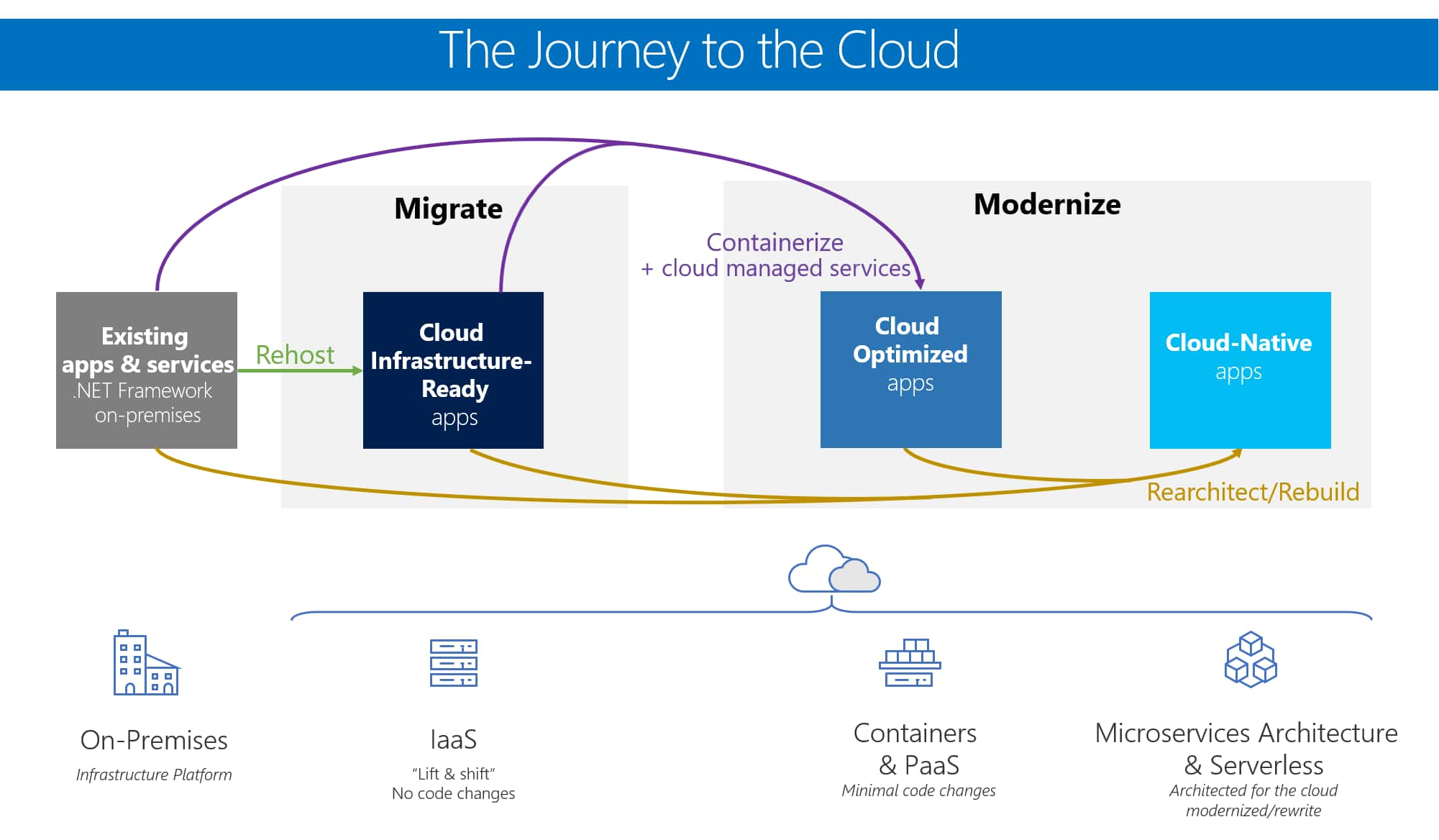In an increasingly digitized business world, application modernization has become a necessity for organizations looking to stay agile and competitive. But what really is application modernization and why is it so important?
What is application modernization?
Enterprise application modernization is the process of updating and enhancing an organization's existing applications to bring them in line with the latest technologies and best practices. This involves taking advantage of innovations in the cloud, artificial intelligence, Internet of Things (IoT) and other areas to optimize application performance, security and scalability. Now, what are the benefits of modernizing enterprise applications?

Benefits of modernizing enterprise applications: A boost for growth
Modernizing enterprise applications offers a number of significant benefits. Such as:
- To be at the digital forefront
Migrating to the cloud allows you to quickly adapt to digital changes without increasing your workload, meeting the requirements of the digital era.
- Cost reduction
By hosting applications in the cloud, resources are available on demand, avoiding unnecessary expenses. Azure offers competitive rates that can generate savings of up to 55% in data and infrastructure costs.
- Improved service and customer experience
Cloud application computing enables greater operational efficiency and rapid change for an optimal experience without large investments. Azure offers diagnostic and monitoring tools to resolve issues before they affect customers.
- Increased safety
Protecting applications is essential and with the use of the cloud, the responsibility for security is shared with the cloud provider, i.e., Azure is responsible for the care of the infrastructure with advanced protection. This avoids investment in expensive encryption tools, monitoring, firewalls, antivirus, among others.
- Innovation and rapid adaptation
All companies want their applications to stay ahead of the curve and adapt to the demands of today's digital world. In this regard, the cloud allows new functions to be launched quickly and agilely.
Application Modernization Examples
To better understand how application modernization works, let's look at some practical examples.
- Imagine a logistics company that decides to modernize its inventory management system. By migrating its application to the cloud and leveraging automation and data analytics, the company can optimize inventory tracking, reduce errors and streamline logistics operations through app modernization.
- Another example would be a financial services company upgrading its online banking application. By incorporating new features such as biometric authentication and personalization of offers, the company can provide a more secure and personalized user experience for its customers.
When it comes to application modernization, Microsoft's Azure has become a benchmark in the market. Azure offers a wide range of services and tools that enable enterprises to efficiently and securely modernize their applications by leveraging artificial intelligence, analytics services, and the ability to easily scale to meet business demands.
Strategies for modernizing enterprise applications
Digital transformation of enterprise applications
This strategy involves identifying applications that require an upgrade and assessing how they can benefit from the adoption of technologies such as cloud, artificial intelligence, machine learning and process automation.
Business systems renewal
Enterprise systems renewal focuses on upgrading and enhancing existing systems to ensure compatibility with current technologies. This may involve replacing obsolete components, improving the user interface, optimizing performance and security, and adding new functionality.
Technological updating in the business environment
Technology refresh in the enterprise environment means keeping up with the latest technologies and practices in application development. This involves constantly evaluating new technology trends and solutions, such as containers, microservices, serverless architecture and DevOps, and implementing them in enterprise applications.
Software modernization in corporate environments
Software modernization in corporate environments involves upgrading and rewriting obsolete or legacy applications using modern technologies and best development practices. This may involve migrating monolithic applications to microservices-based architectures, using low-code or no-code development platforms, and adopting agile methodologies for continuous development and deployment.
Migration of obsolete B2B applications
Migration of obsolete applications in B2B enterprise environments involves replacing existing applications that no longer meet current needs and standards. This may involve migrating on-premises applications to the cloud, adopting software-as-a-service (SaaS) solutions, or integrating legacy systems with modern applications.
Application Modernization and Azure OpenAI Services
Artificial intelligence applied to language models is revolutionizing the creation, modification and management of code, opening up a world of possibilities and opportunities for innovation in this area. Fortunately, Microsoft's Azure and OpenAI have become a powerful combination to address this challenge, thanks to the use of Azure OpeAI Services for app modernization providing significant benefits in terms of flexibility and scalability of projects, allowing among other points:
- Automate code generation.
- Greater control and supervision over the code.
- Error detection.
- Performance optimization by automating repetitive tasks.
Do you want more information? Do not hesitate to write us. In Intelequia we have a team of experts in this area in addition to having a Microsoft Advanced Specialization in Application Modernization.